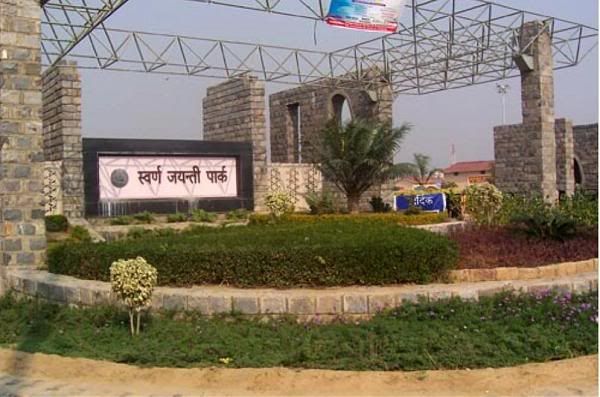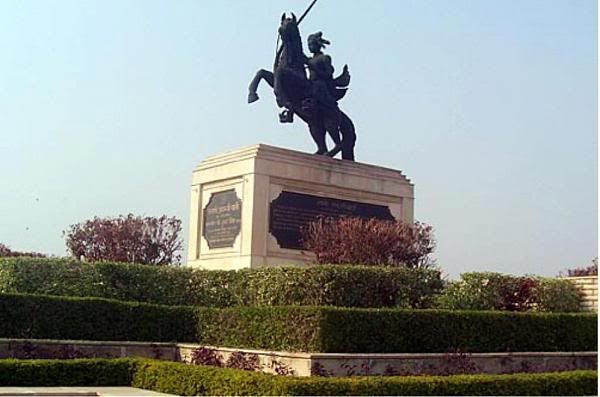In emergency Call at:
- Phailin Srikakulam control room number: 08942 240557
- Phailin Emergency toll free number: 180042500002
- Harish Jharia
12 October 22013
The super cyclone Phailine*** (फाईलीन समुद्री तूफ़ान / चक्रवात / बवंडर) has formed somewhere in the Bay of Bengal and moving at 20 kmph speed towards Indian coast. The deadly cyclone is expected to hit Gopalpur of Orissa, India at about 8pm India time today, 12 October 2013 at a speed of 220 kmph. The Phailine Cyclone is going to sustain for about 6 hours minimum.
In addition to Orissa, where Phailine is going to devastate the most, this cyclone will also hit Andhra Pradesh coast and West Bengal seashores severely. Today on 12 October 2013 at noon rain and wind lashed India's east coast and forced about 4,50,000 people to flee their habitats and take shelter in government camps.
Spreading over most of the waters of Bay of Bengal, the cyclone Phailin was about 200 km (124 miles) offshore at noon on Saturday and was expected to hit the land by late evening. As per the estimates of the weather forecast authorities, It expected to be a "super cyclone", and is expected to affect 12 million people.
It is for the first time that the government has taken advance evacuation of people as disaster management process in India. Indian Army, Navy and Air Force have been pressed in attending to rescue operations. The weather forecast department is keeping content vigil on the progress of the super cyclone. Sources from the National Disaster Management Authority NDMA and National Disaster Response Force NDRF have said that more than 440,000 people have been evacuated, as disaster management action and this is one of the largest evacuations ever undertaken in India.
People are advised not to panic and better keep cool and move to safer places as and when advised by the rescuing personnel. The advance preparations made by the authorities will definitely minimize losses of lives to the super cyclone Phailine.
------------------------------------------------------------------------------
*** The super cyclone ‘Phailin’ has been named so by Thailand. The meaning of Phailin is sapphire (नीलम), a precious stone.
------------------------------------------------------------------------------
npad

















